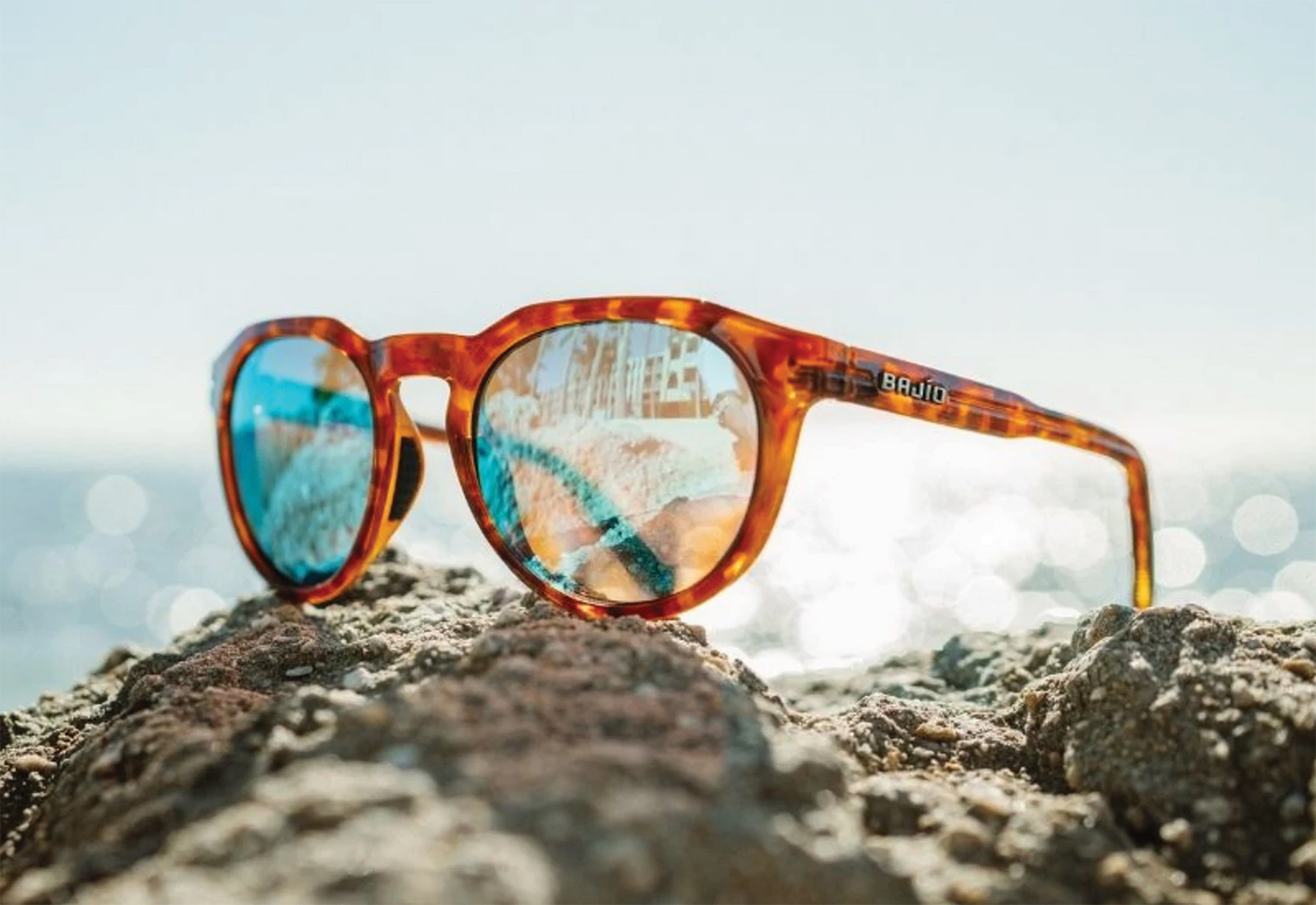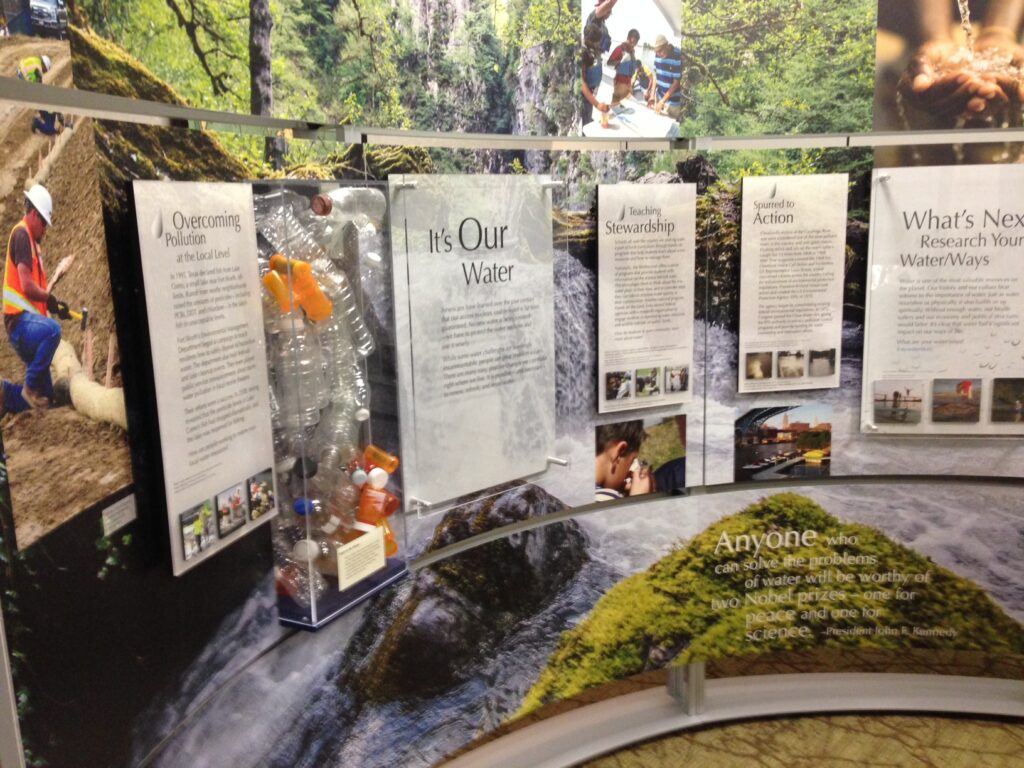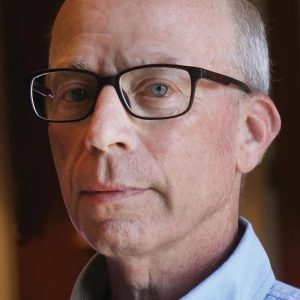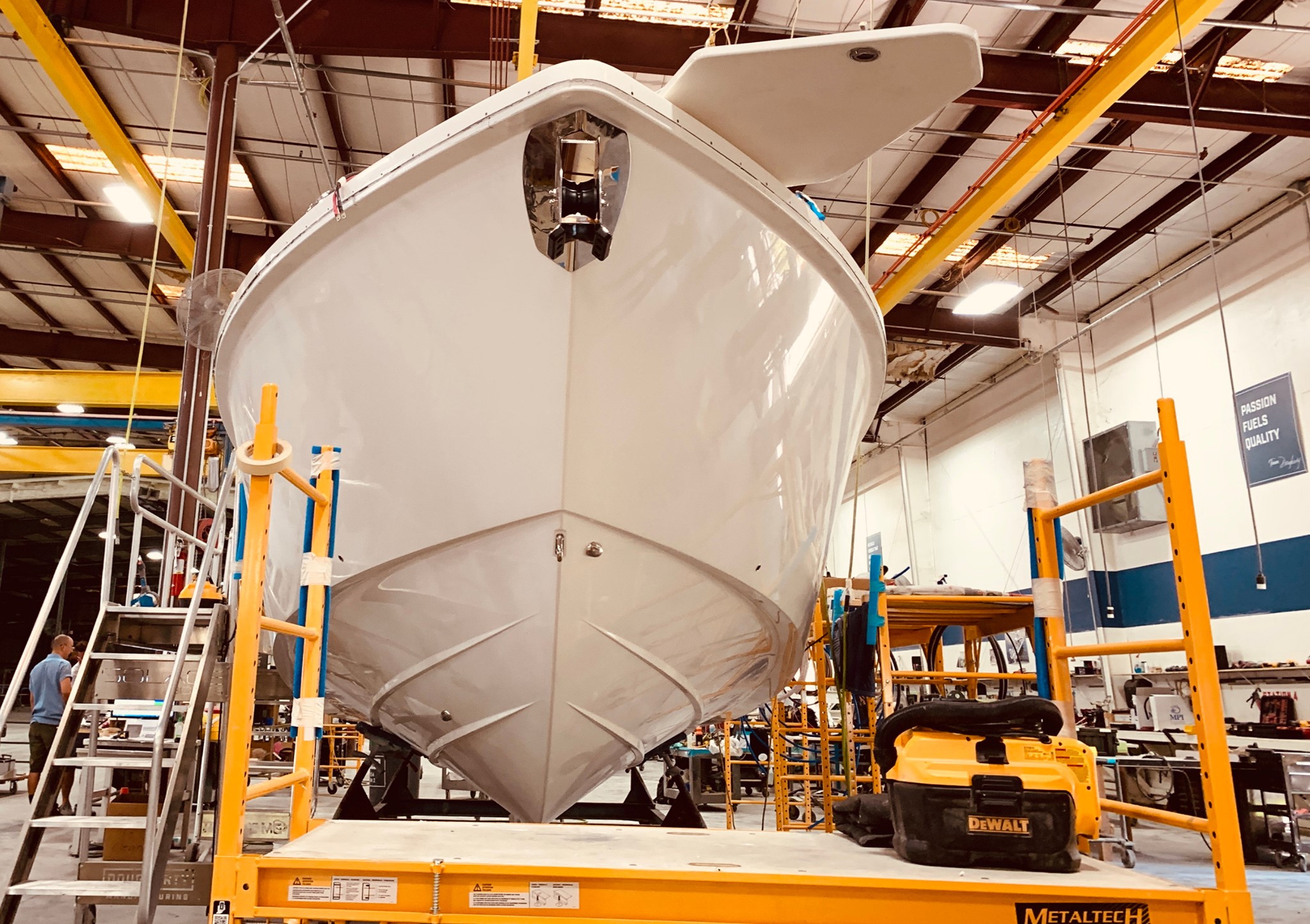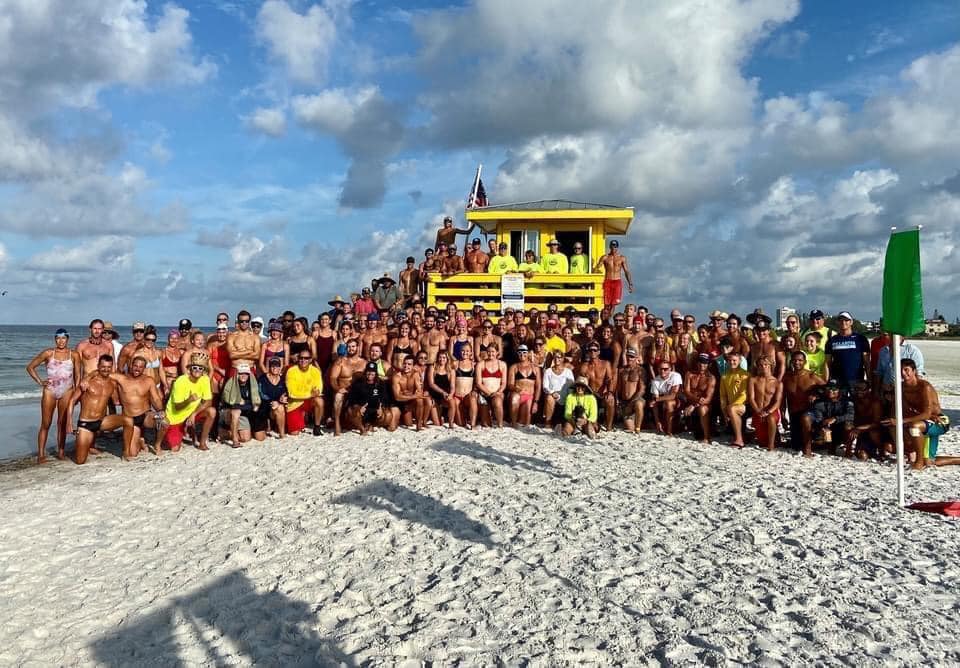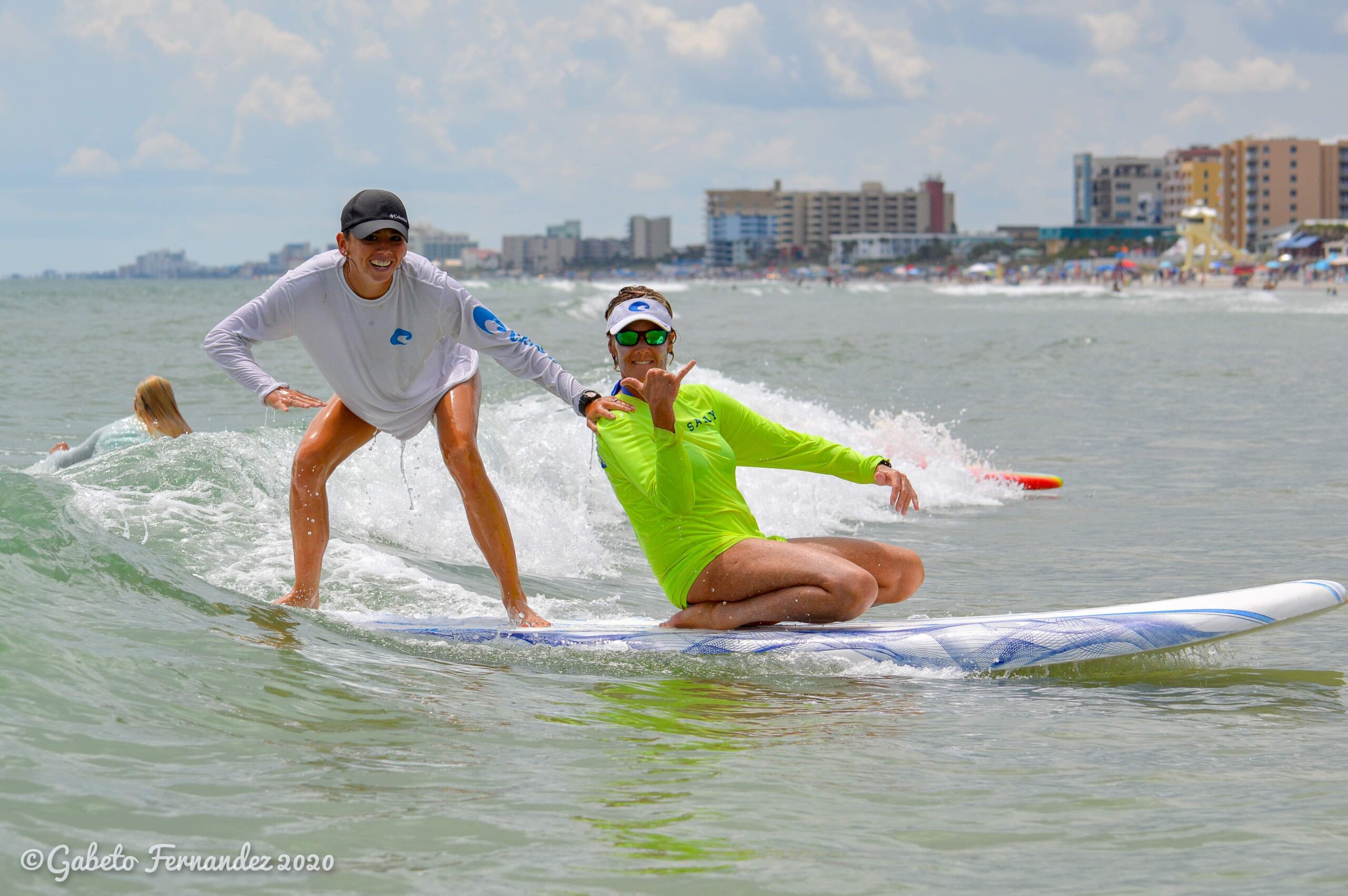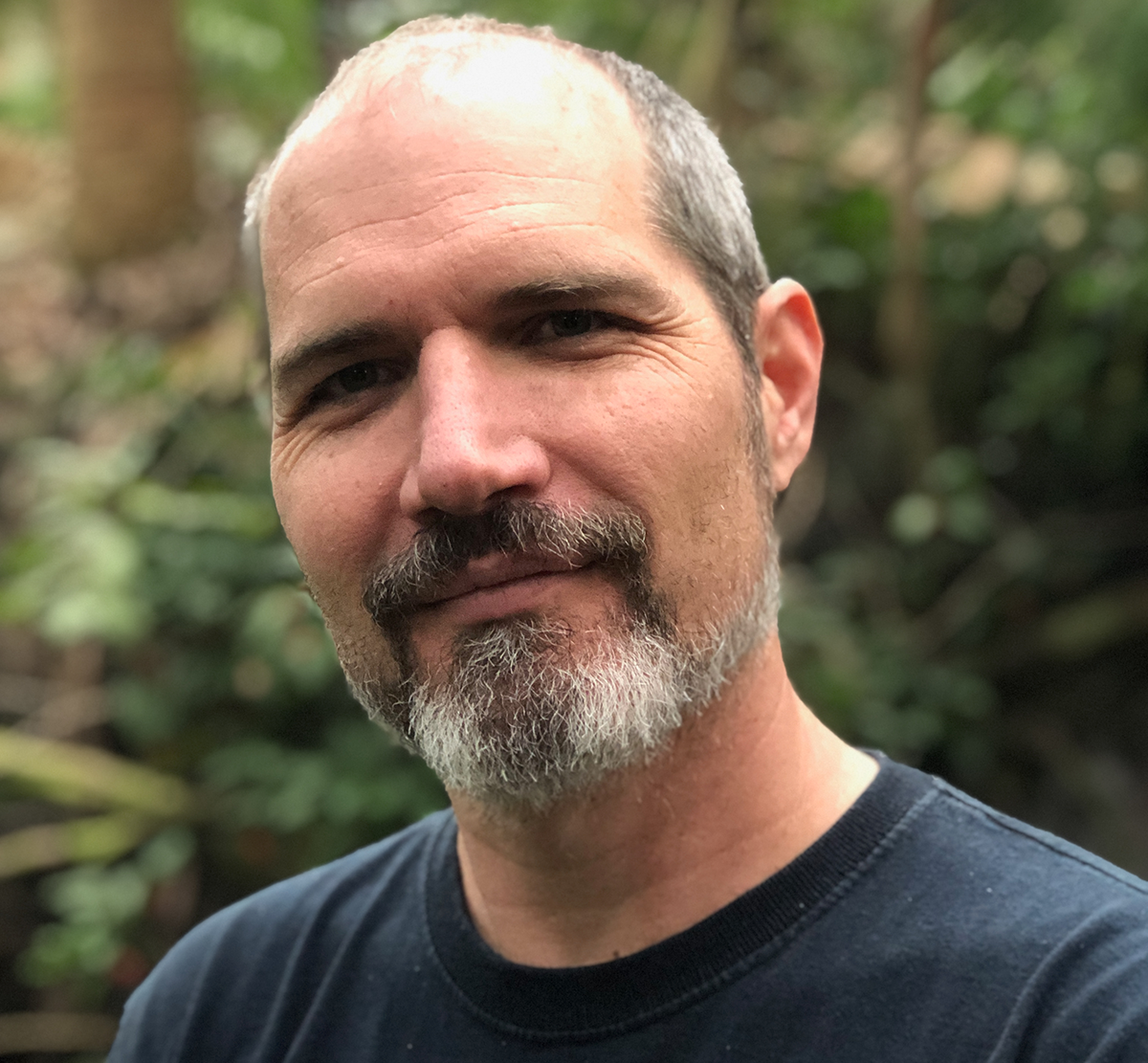Water is life. From the earliest civilizations in the Fertile Crescent along the Tigris and Euphrates Rivers in Mesopotamia to the growth of big cities and small towns along the Mississippi River in North America, water has been central to human existence and development.
The Water/Ways exhibit, which tells the story of water’s environmental and cultural impact, is coming to Northeast Florida as part of the Smithsonian Institution Traveling Exhibition Service and the organization’s Museum on Main Street program.
The exhibit opens this month in Fernandina Beach after a visit to LaBelle, Florida, in March and April.
Hosted by the African American Cultural Society (AACS) in Palm Coast, the exhibit examines water’s effect on the landscape, settlement and migration and how it has shaped human society.
The Water/Ways traveling exhibit opens in Palm Coast July 9 and runs through Sept. 3 at the AACS headquarters at 4422 N. U.S. 1 and will include a variety of guest speakers and special events, according to Meshella Woods, AACS curator.
“Our organization is part of a broader community of cultural organizations whose facilities are located in small towns and rural areas which extend the reach of museum exhibitions and associated programs,” she said. “Underrepresented populations who often are unable to visit a museum or have not been exposed to such are able to experience what the Smithsonian has to offer through this program.”
Woods said the Museum on Main Street program focuses on broad topics of American history and gives cultural organizations like the AACS the opportunity to create their own educational programs, cultural activities and exhibitions that center on local heritage.
The exhibit includes free-standing kiosks, audio, video and interactive components as well as original objects.
“They are specifically designed to address the space and staffing constraints of small cultural institutions,” Woods said.
Woods said the theme for the local exhibit is “River to River: From the Nile to the St. Johns,” and this important effort by the AACS will extend beyond the three months it is on display.
“As a result of this exhibition, we expect to see an enlarged membership base, strengthened relationships with county and city officials, increased annual visitation, volunteerism and donations, as well as a positive economic impact to Flagler County in terms of tourism and opportunities to make a difference in the lives of our youth, families and individuals,” she said. “This is only the beginning as we are slated to bring more Smithsonian exhibitions to Flagler County.”
- The exhibit explores several questions regarding the significance of water on communities, including:
- How do Americans use water?
- How is water represented in our society?
- In what ways do we use water as a symbol?
- How does water unite communities?
- How does conflict over water emerge and how do communities resolve it?
- How do we care for water and sustain it for the future?
Woods said the AACS exhibit will also feature presentations from a variety of scholars and experts, including Stephen Noll, master lecturer in the Department of History at the University of Florida speaking on the relationship between humans and water in Florida; Kramer Wimberley, master diver, researcher and diving instructor for inner-city youth on advancing marine conservation; Marineland Mayor Angela TenBroeck on sustainable farming with aquaponics; and Carmelo Morales, stormwater engineer for the city of Palm Coast speaking about beach erosion and others.
More information about the African American Cultural Society and the Water/Ways exhibit is available at www.aacspalmcoast.org.
